Navigating a parking garage may seem like a straightforward task, but for many, it can be an intimidating and confusing experience. These multi-story structures, often found in bustling urban centers, serve as convenient solutions for parking in limited space areas.
Yet, efficiently using a parking garage requires more than just driving in and finding an available spot. It demands an understanding of the layout, entry and exit procedures, payment methods, and courteous behavior towards fellow drivers.

In this comprehensive guide, we will unravel how to use a parking garage, providing you with step-by-step instructions, essential tips, and etiquettes to ensure a stress-free and efficient parking experience. Whether you are a city dweller seeking guidance or a novice to the parking garage scene, this article aims to equip you with the knowledge and confidence needed to master the art of parking in these towering urban labyrinths.
Significance of Parking Garages in Urban Areas
Parking garages are a key factor in the transportation infrastructure of any urban area. They provide an important service by providing safe and secure parking for cars, motorcycles, scooters, and other vehicles. They can also be used to store private vehicles or to house emergency services such as police, fire, and rescue operations.
Parking garages are especially useful during peak hours when street parking can become difficult to find. By providing a secure and easily accessible place to store vehicles, parking garages offer an invaluable service in busy urban areas.
The importance of using parking garages safely cannot be overstated. Properly identifying the type of garage you are entering is essential for ensuring that your vehicle is parked securely and correctly. It’s also important to take note of parking restrictions, as many garages have specific rules in place regarding the number of vehicles allowed or certain time limits.
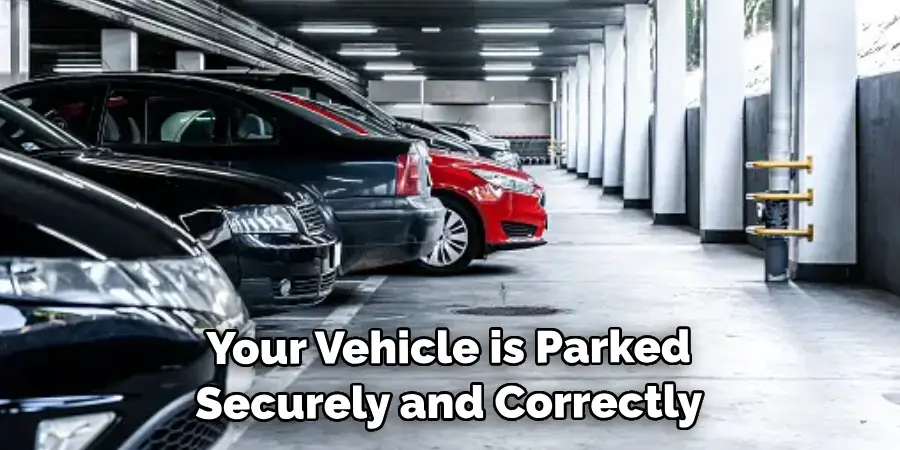
Additionally, be sure to know where you are going and how long you will be staying before entering a garage. This is especially true if you’re paying for an hourly rate. Be sure to read parking signs carefully and select the appropriate payment option to make sure you don’t incur any additional fees.
Once you have parked, be sure to double check that your car is locked and secure before leaving the premises. Vehicles that are left unattended can become vulnerable to theft or vandalism. It’s also important to remember where you have parked, as garages can be confusing and it’s easy to forget which space you have used.
Determine the Purpose of Your Visit
Before you head to the parking garage, make sure you have a plan for your visit. Are you heading to an appointment? Are you going shopping? Do you need day-long parking? Knowing this ahead of time will help determine what type of payment option is best for you. Additionally, it’s important to know the hours of operation of the parking garage and how long you plan to stay.
Once you’ve determined the purpose of your visit, make sure you understand the payment options available at the parking garage. Many garages offer an hourly rate or a daily rate for parking, while some may also offer a monthly or yearly rate. Research what fees are applicable based on the length of your stay. Some garages also accept credit cards or require exact change, so make sure to check ahead of time.
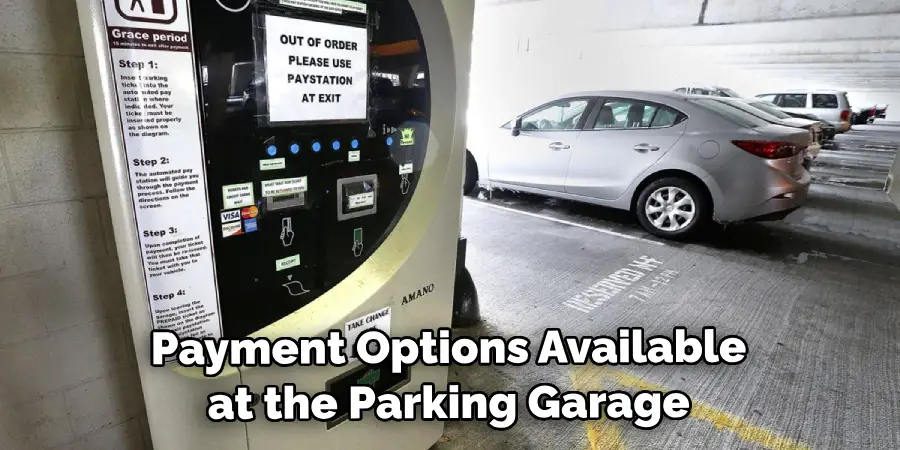
10 Steps How to Use a Parking Garage
Step 1: Plan Your Visit
Before you head to a parking garage, it’s essential to plan your visit. Consider the following:
- Purpose: Determine why you’re going to the parking garage. Is it for work, shopping, dining, or an event? Understanding your purpose will help you plan for the duration of your stay and the budget for parking fees.
- Duration: Estimate how long you’ll need to park. Many parking garages charge by the hour, so having a rough idea of your parking duration will help you budget accordingly.
- Budget: Parking fees can vary widely depending on the location and duration of your stay. Be sure to have enough cash or credit on hand to cover the parking costs.
- Vehicle Condition: Ensure your vehicle is in good working condition, as you don’t want to encounter any unexpected issues while parked in the garage.
Step 2: Choose the Right Parking Garage
Research and select a parking garage that suits your needs. Consider the following factors:
- Location: Choose a garage that is close to your destination. A garage that is within walking distance of your final stop can save you time and effort.
- Operating Hours: Check the garage’s operating hours to ensure it will be open when you plan to arrive and leave.
- Entrance and Exit Locations: Familiarize yourself with the garage’s entrance and exit locations. Knowing where to enter and exit will make your experience smoother.
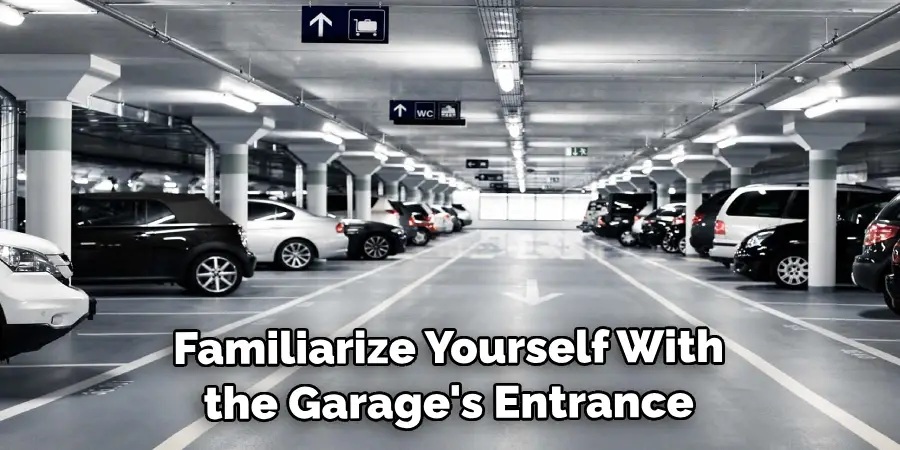
Step 3: Approach the Garage Entrance
When you arrive at the parking garage, approach the entrance slowly and cautiously. Follow these guidelines:
- Drive Slowly: Reduce your speed as you approach the entrance to maintain safety and control.
- Observe Signs: Pay attention to directional signs and arrows indicating the entrance path.
- Use Signals: Activate your turn signals to indicate your intention to enter the garage.
Step 4: Follow Directions Inside the Garage
Once inside the garage, follow the directional signs and arrows. Here’s what you need to do:
- Stay Alert: Be aware of other drivers and pedestrians inside the garage. Many people are navigating the area simultaneously.
- Use Turn Signals: Continue to use your turn signals when changing lanes or turning within the garage.
- Ascend or Descend Ramps: If the garage has multiple levels, be cautious when ascending or descending ramps. Follow the designated traffic flow.

Step 5: Find an Available Parking Spot
Locate an available parking spot that suits your needs. Here’s how to do it:
- Scan for Open Spots: Drive slowly and scan for open parking spots. Look for areas with available spaces.
- Consider Accessibility: If you have mobility concerns, look for accessible parking spots near elevators or ramps.
- Respect Accessibility Spots: If you don’t have a valid accessibility permit, do not park in accessible spots.
- Park Within Lines: When you find a spot, ensure that you park within the designated lines. Avoid taking up multiple spaces.
Step 6: Understand Payment Methods
Understanding how to pay for parking is essential. Here are some key considerations:
- Parking Rates: Determine the parking rates for the garage. Rates may vary depending on the location, time of day, and day of the week.
- Payment Options: Parking garages typically accept cash, credit cards, and sometimes mobile payment apps. Be prepared to pay with your preferred method.
Step 7: Take a Parking Ticket or Use Electronic Payment
At the entrance, you will either take a parking ticket from a machine or have an electronic payment system in place. Here’s what you should do:
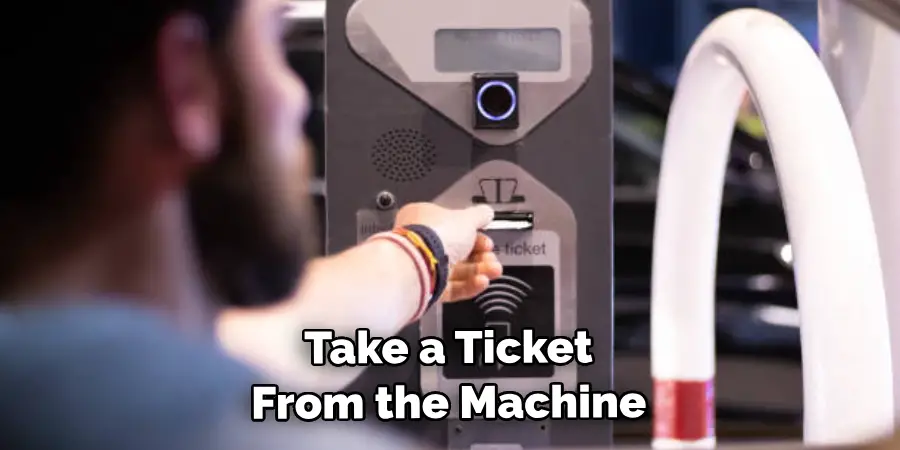
- Parking Ticket: If the garage uses parking tickets, take a ticket from the machine at the entrance. Keep this ticket in a safe place, as you will need it when you exit.
- Electronic Payment: If the garage uses an electronic payment system, follow the instructions on the machine to make your payment or register your vehicle.
Step 8: Park and Enjoy Your Visit
Once you’ve parked your vehicle, you’re ready to enjoy your visit to your destination. Here are a few tips:
- Secure Your Vehicle: Lock your vehicle and ensure that valuables are out of sight. This helps prevent theft and vandalism.
- Note Your Location: Make a mental or written note of where you parked or take a photo of your parking spot. This will help you find your vehicle later.
Step 9: Return to Your Vehicle
When your visit is over and it’s time to leave, return to your vehicle. Be mindful of the following:
- Safety Check: Before entering your vehicle, perform a safety check to ensure no one is nearby or trying to approach you.
- Approach Cautiously: As you approach your vehicle, be cautious and aware of your surroundings.
Step 10: Exit the Parking Garage
Exiting the parking garage is the final step. Here’s how to do it:
- Follow Signs: Follow directional signs indicating the exit path.
- Queue for Payment or Exit: Join the designated lane for payment or exit. Wait patiently in line for your turn.
- Pay the Parking Fee: If you have a parking ticket, insert it into the machine, and follow the instructions for payment. If you’re using an electronic payment system, follow the prompts to complete your payment.
- Await Confirmation or Receipt: Once you’ve paid, wait for the machine to confirm your payment or provide a receipt.
- Exit Carefully: Exit the garage carefully, obeying traffic signals and signs. Be aware of pedestrians and other vehicles.
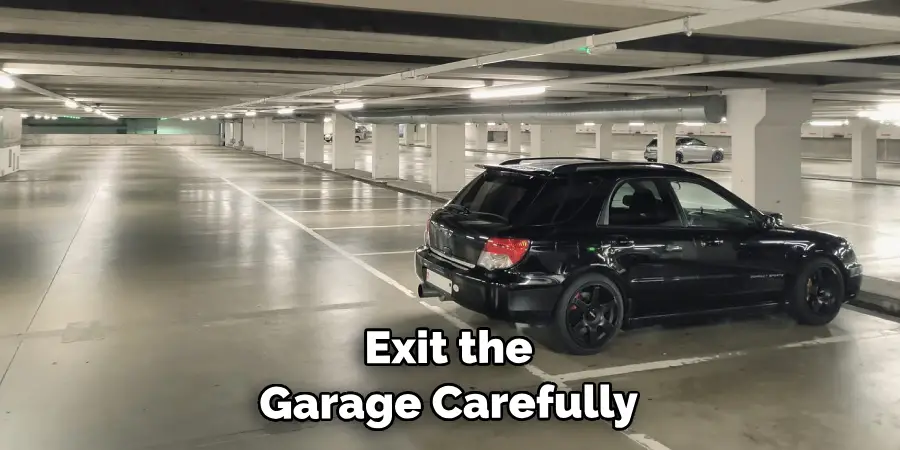
Things to Consider When Using a Parking Garage
When using a parking garage, there are several things to consider. First and foremost, make sure the facility is safe and secure. Find out if there is security on-site or 24/7 surveillance, such as cameras. You should also consider any restrictions in place about parking overnight. If you plan on leaving your car for an extended period of time, be sure to familiarize yourself with the parking facility’s policies.
In terms of payment, make sure you are aware of what options are available and when. Some garages accept cash, while others may offer discounted rates for credit cards or prepaid passes. Note any time limits that might be in effect as well as associated fees for each parking space. Additionally, ask about discounts or promotional offers that may be available. Generally speaking, it can end up being cheaper to buy a prepaid parking pass rather than paying for each individual entry.
Conclusion
To sum up, following these simple tips for using a parking garage will make your life easier and help you avoid potential accidents or traffic hazards. Parking garages can be intimidating, but if you take the time to familiarize yourself with them before you park, you’ll have much more success. Be sure to remember all of the above tips on how to use a parking garage for an efficient and safe visit.
Remember that if you are ever unsure of where or how to park when in a parking garage, you should always ask the attendants who work there for assistance. They can help direct you towards a safe and appropriate area for your car. So don’t be afraid of parking garages – just do your research beforehand and remain aware while navigating around them!
You Can Check It Out to Keep Garage Light on

